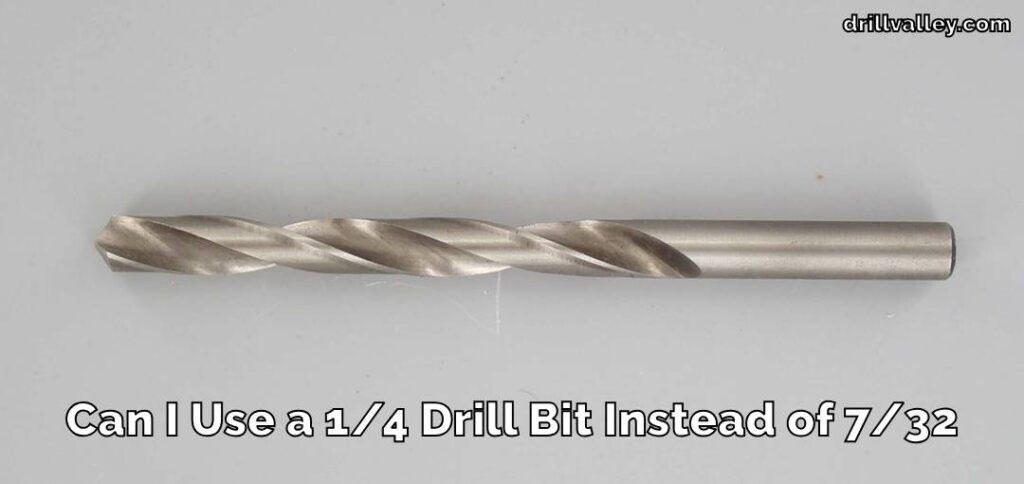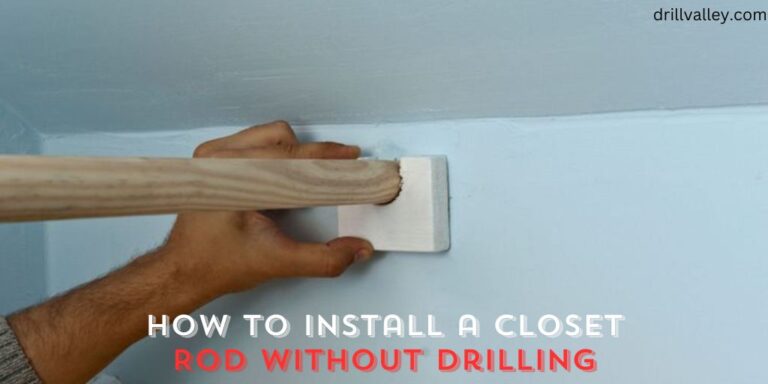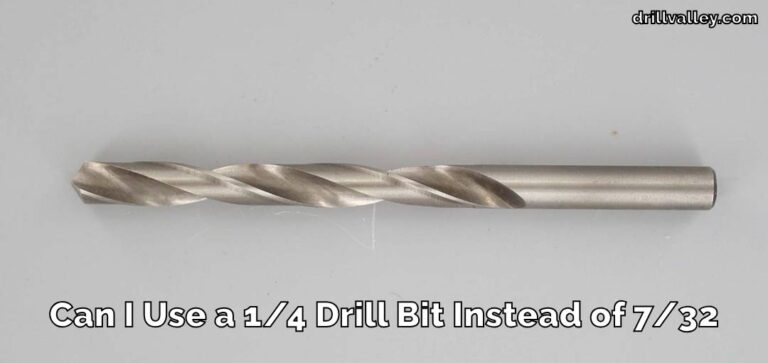How To Drill a Hole in Ice Without an Auger
Drilling a hole in ice without an auger is something you might need to know if you find yourself eager to ice fish but short on equipment. It’s a handy skill, and I’m here to show you how it can be done with tools you might not expect to use for this purpose.
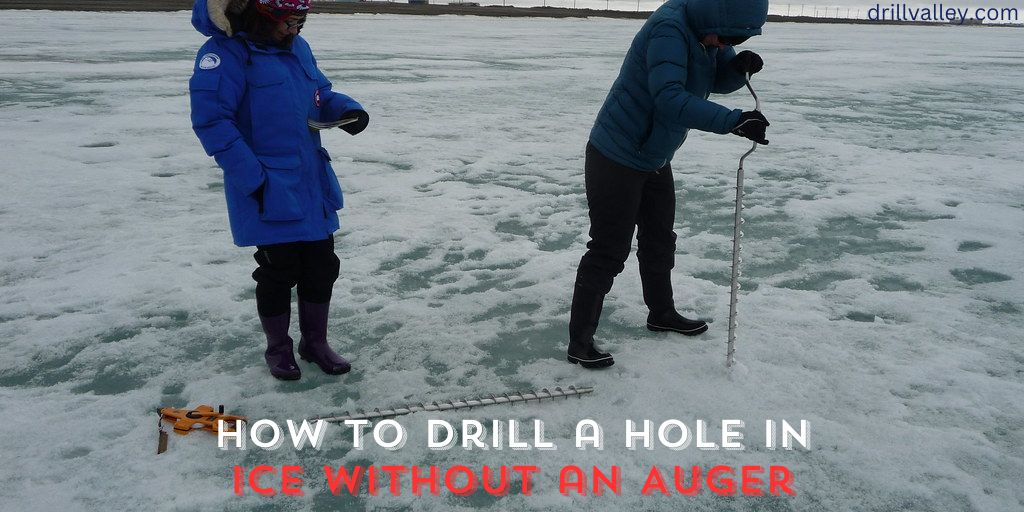
We’ll go through several alternative techniques to make that hole in the ice. These methods range from using simple hand tools you might already have to employing a bit of ingenuity with what’s around you. Safety will be our top priority, ensuring that every step we take is cautious and well-thought-out.
By the end of this guide, you’ll have a good grasp of how to drill a hole in ice without an auger. Let’s dive in and explore these techniques together, making sure you’re prepared for your next ice-fishing adventure, no matter the circumstances.
Tools We Need to Drill a Hole in Ice Without an Auger
Drilling a hole in ice without an auger calls for some basic but effective tools. It’s important to have the right equipment to ensure the job is done safely and effectively. Here’s what you’ll need:
- Sturdy, sharp ice chisel or spud bar
- Ice saw or a strong, sharp knife
- Safety gear: gloves, eye protection
- Measuring tool (for depth assessment)
- Scoop or ladle (for removing ice chips)
Having these tools at hand will prepare you for successfully drilling a hole in the ice, even in the absence of an auger. Remember, the key is to work slowly and carefully, maintaining safety at all times. With these tools and a bit of patience, you’ll be able to make a hole in the ice for fishing or any other need.
How to Drill a Hole in Ice Without an Auger
If you’re out on the ice, ready for some fishing but realize you don’t have an auger, don’t worry. You can still make a hole in the ice with a bit of creativity and some basic tools. Here’s how to do it step by step, keeping things simple.
Gather Your Tools
Start by finding what you can use. A strong, sharp chisel, a hammer or a heavy mallet, and a scoop or ladle will be your basic toolkit. If you have a saw suitable for cutting ice, that can work well, too.
Mark Your Spot
Decide where you want your hole. It’s good to choose a spot that looks solid and stable, without cracks or signs of thin ice. Use the bottom of your hammer or another tool to mark a circle in the size you want your hole.

Chisel a Starting Groove
Take your chisel and hammer, and start making a groove along the circle you’ve marked. Be patient and careful. The idea is to create a deep enough indent that will guide your further efforts without slipping.
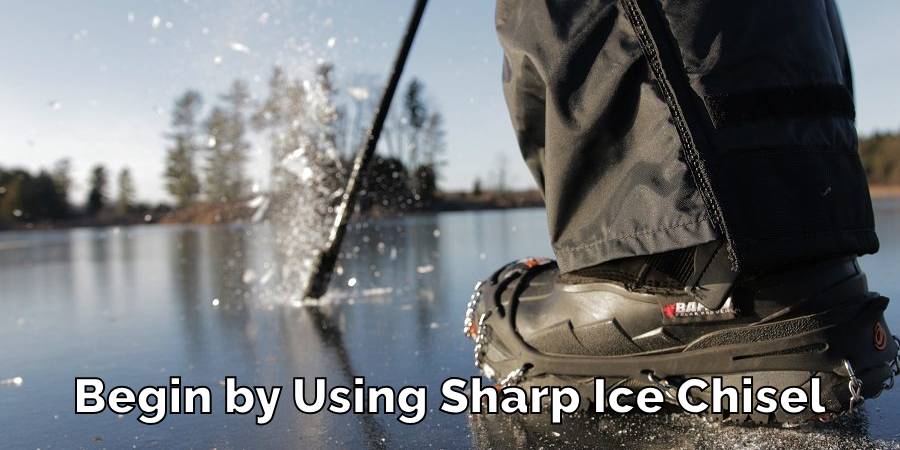
Break Through the Ice
Once your groove is set, increase the force of your hammering to start breaking through the ice. Work your way around the circle, keeping your efforts even to maintain the shape of the hole.
Keep the Area Clear
As you work, use your scoop or ladle to remove the ice chips and slush that accumulate. Keeping the area clear will make it easier to see your progress and prevent the hole from refreezing too quickly.
Use a Saw for Thick Ice
If the ice is very thick and you’re finding it hard to break through with a chisel, a hand saw can be used. Carefully saw around your marked circle, periodically clearing away the ice chips.
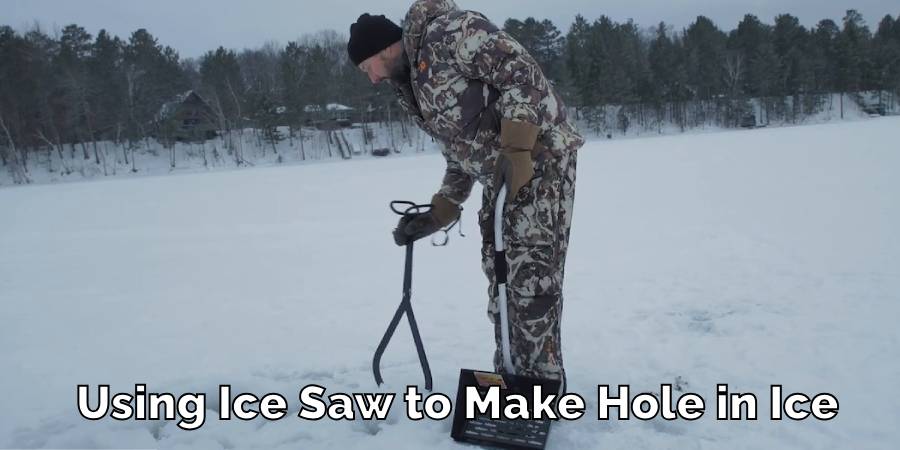
Smooth the Edges
Once you’ve broken through, use the chisel lightly around the edges of the hole to smooth any sharp pieces that could snag your line or gear.
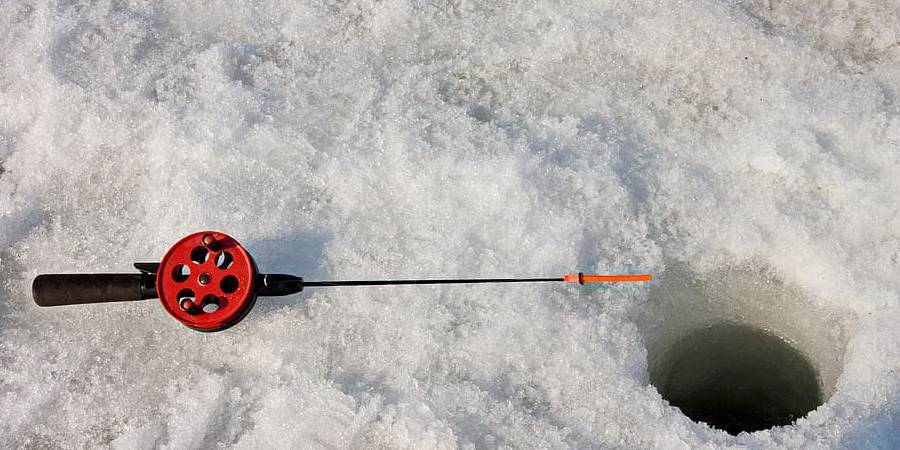
Remember, safety first. Always check the ice thickness before venturing out and make sure you’re equipped with safety gear. This method requires more effort and time than using an auger, but it’s a valuable skill to have when you’re in a pinch. Happy fishing!
Precautions While Drilling Hole in Ice Without an Auger
When drilling a hole in ice without an auger, it’s crucial to take certain precautions to ensure your safety:
- Checking Ice Thickness: Before you start, make sure the ice is thick enough to be safe. A general rule is that the ice should be at least 4 inches thick for one person. Use a measuring tool to check the thickness in several spots around your intended drilling area.
- Wearing Safety Gear: Protect yourself by wearing the right gear. This includes gloves to keep your hands safe from sharp tools and ice, and eye protection to prevent ice chips from getting in your eyes. Wearing boots with a good grip will help prevent slips.
- Avoiding Too Wide a Hole: Keep the hole size manageable. A hole that’s too wide can be dangerous, as it’s easier for someone to accidentally step into it or for it to weaken the surrounding ice. A diameter of about 8-10 inches is usually sufficient for most needs.
- Being Aware of Surroundings: Pay attention to your environment. If you’re near areas with flowing water, like rivers or streams, the ice can be weaker and more unpredictable. Also, look out for signs of other activities in the area, like snowmobile tracks, which can affect ice integrity.
- Working in a Stable Position: When chipping or sawing the ice, make sure you’re in a stable and balanced position. Slipping while holding sharp tools can be dangerous.
- Regularly Clearing Ice Chips: As you work, remove the ice chips and slush from the hole. This not only gives you a clear working area but also prevents the buildup from refreezing, which can make your task harder.
- Having an Emergency Plan: Always let someone know where you are and have a plan in case of an emergency. It’s good to have a rope or a flotation device nearby in case the ice breaks.
By following these precautions, you can safely drill a hole in the ice without an auger, reducing the risk of accidents and injuries. Remember, safety should always be your top priority.
FAQ’s
What Can I Use Instead of an Auger?
Instead of an auger, you can use tools like an ice chisel, spud bar, or ice saw. These tools are great alternatives and can be effective in cutting through ice. An ice chisel or spud bar is useful for chipping away at the ice, while an ice saw can help in cutting more precisely, especially through thicker ice.
Can You Use an Axe for Ice Fishing?
Yes, an axe can be used for ice fishing, but it requires a lot of caution. An axe can make uneven or unsafe holes because it’s not specifically designed for ice drilling. It’s important to be very skilled and careful if you choose to use an axe. The uneven edges it creates can also be hazardous and may need to be smoothed out.
Difference Between an Auger and a Regular Drill Bit?
An auger is a tool specifically designed for drilling through thick ice. It has a unique shape and sharp blades that make it ideal for this purpose. On the other hand, regular drill bits are meant for general drilling purposes, like woodworking or metalworking. They aren’t as effective on thick ice and might not be able to create a clean hole.
Disadvantages of Auger Drilling?
While augers are effective, they have some disadvantages. They can be heavy and expensive, making them difficult to transport, especially to remote areas. Also, manual augers require physical effort, which can be tiring. If you’re drilling multiple holes or working in very thick ice, this can be a significant challenge.
What is the Risk of Using an Auger?
The main risks of using an auger include potential injury from the sharp blades and the physical strain, especially with manual augers.
The blades on an auger are very sharp and can cause serious injury if not handled correctly. Additionally, manually operating an auger can be physically demanding and might lead to muscle strain or fatigue.
Conclusion
Drilling a hole in ice without using an auger is doable and can be quite an achievement. With the correct tools like an ice chisel, spud bar, or ice saw, and a bit of know-how, you can successfully make a hole in the ice for fishing or other activities.
This guide has walked you through the process step by step, focusing on safety and effectiveness. Remember, the key is to be patient and careful. This article has explored how to drill a hole in ice without an auger.
Always check the ice thickness first for safety, use appropriate gear to protect yourself, and be mindful of your surroundings, especially in areas with flowing water or where the ice might be thinner.
Can You Use Impact Driver Bits in A Drill
Knowing whether you can swap impact driver bits into a regular drill matters more than…
Can You Drill Into Popcorn Ceiling
Wondering Can You Drill Into Popcorn Ceiling for your next home improvement project? Popcorn ceilings,…
Can You Drill Into Walls in A Rental?
Renting an apartment brings the challenge of personalizing your space within the confines of rules…
Can I Use a 1/4 Drill Bit Instead of 7/32
When you’re elbows deep in a project and suddenly realize the 7/32 drill bit you…
Can You Drill Concrete Without A Hammer Drill
Drilling into concrete requires both precision and the right tools, notably a hammer drill and…
Can You Use Different Brand Drill Bits?
The right drill bit size is crucial for any project, big or small. It’s the…




